As the warmer months approach here in the Northern Hemisphere, many of us are looking for cooler, more comfortable clothing. While a chunky wool sweater feels great in January, for most of us, it’s a less comfortable option in July.
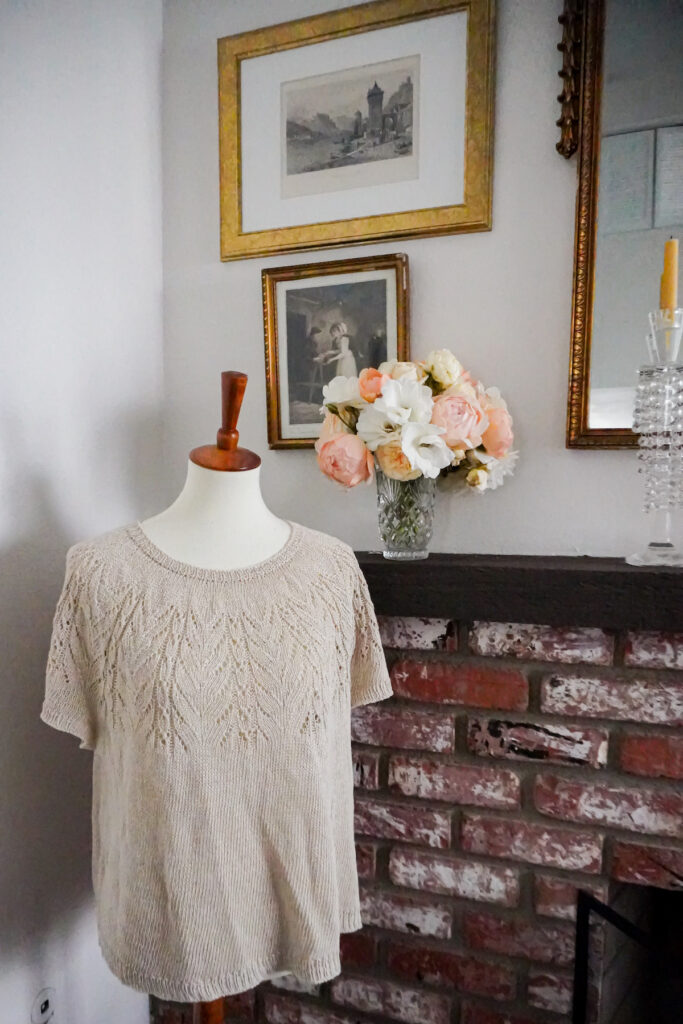
Which is why, for the last few months, I’ve been knitting a tshirt with 100% linen yarn. I wanted one for myself this summer. I also, however, wanted to take notes on the process so I can share that first-hand knowledge with you. Knitting with linen is definitely a different experience from knitting with wool.
So here we are! My personal compendium of wisdom, tips, and tricks for knitting with linen yarn. Let’s have fun knitting some summer tops together.
What is linen yarn?
Linen yarn is a plant-based yarn. It’s made from fibers of the flax plant. Those fibers are harvested, softened, twisted into threads, and then twisted further into yarn. Depending on the thickness of that thread or yarn, linen can be used for extremely fine weaving to make fabric or can be used for hand knitting.
Linen has a lot of advantages that have made it a very popular fiber for clothing and bedding for thousands of years. It is breathable and lightweight, and the more you use it, the softer it gets. It’s also biodegradable, meaning once it has lived out its useful life and can no longer be mended or repurposed, it will decompose if shredded and put into compost. Fine linen garments were extremely popular for next-to-skin wear as a first layer under heavier, rougher fabrics for outer layers.
However, linen fabric can also be a bit finicky. It tends to rumple easily, and it can shrink in the washer and dryer. Linen knits, however, don’t rumple as easily, so they’re a great choice for those of us who struggle with keeping our clothes wrinkle-free (or, um, dislike having to bust out the iron).
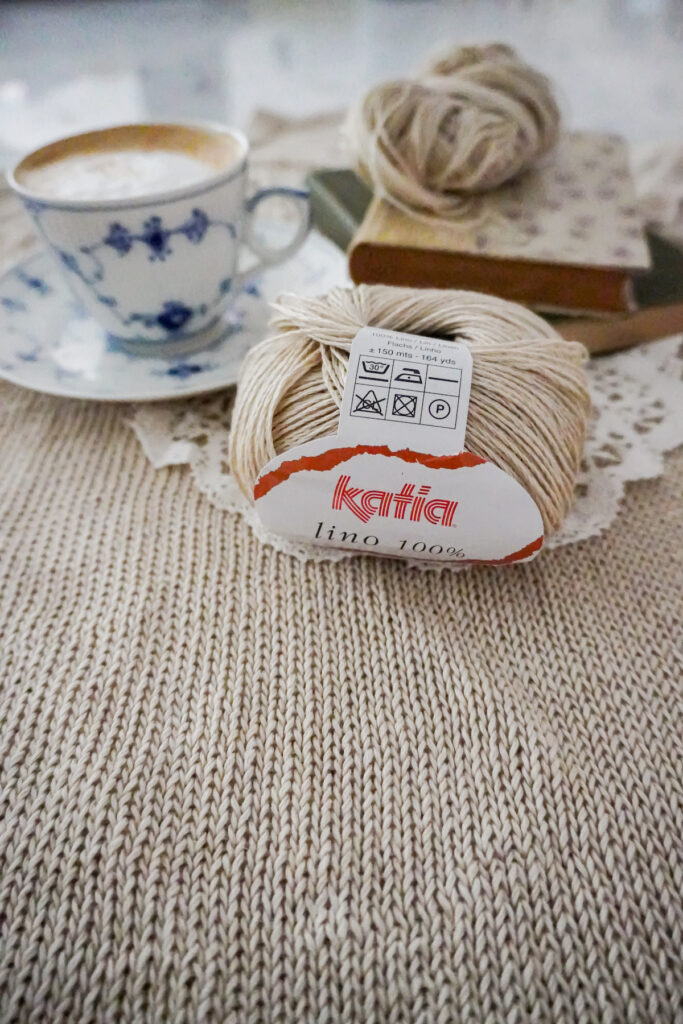
Linen yarn can be rough on the hands
When you’re knitting with linen, it’s important to know that it may aggravate sensitive hands in a couple ways.
First, pure linen yarn is quite tough and stiff. That means it doesn’t feel particularly pleasant against your fingertips as you’re knitting. The payoff is worth it at the end, but you’re not going to have the same experience as if you were working with, say, a merino-cashmere blend. It will probably feel scratchy to you.
Because of that stiffness, knitters who tend to grip their needles hard may find the linen yarn causing pain at pressure points, too. In addition to the scratchiness of linen, its stiffness can lead to dents and divots in your fingertips if you press too hard against it. If you’re like me and tend to hold on to your knitting needles for dear life, check in with yourself regularly to see if you can loosen your grip a bit.
Finally, because linen is a plant fiber, it doesn’t stretch the way wool does when you’re working with it. Knitters with arthritis or repetitive stress injuries that affect their hands, wrists, or elbows may find that linen is not so comfortable to use because it has so little flexibility.
Linen has very little memory
I knit primarily with wool, and one of the reasons I love it so much is because wool has memory. That means, when you stretch it out, it tends to bounce back into shape. If you get it wet and let it dry, it’ll hold its position.
The biggest difference between wool and linen is that linen has much, much less memory than wool does. Linen, like other plant-based fibers, is an inelastic fiber. That means garments knit from linen can sag and droop over time. Sleeve cuffs will stretch out and won’t return back to their original size. Even neck lines can start to gape.
To accommodate for that, it’s best to use linen for loose-fitting items like wraps, flowing tops, and pool coverups. It’s not well suited to close-fitting items that need to hold their shape over time. If you find that the ribbed neckline on your linen garment is stretching out too much, try swapping it out for an I-cord edging, which has a little more stability.
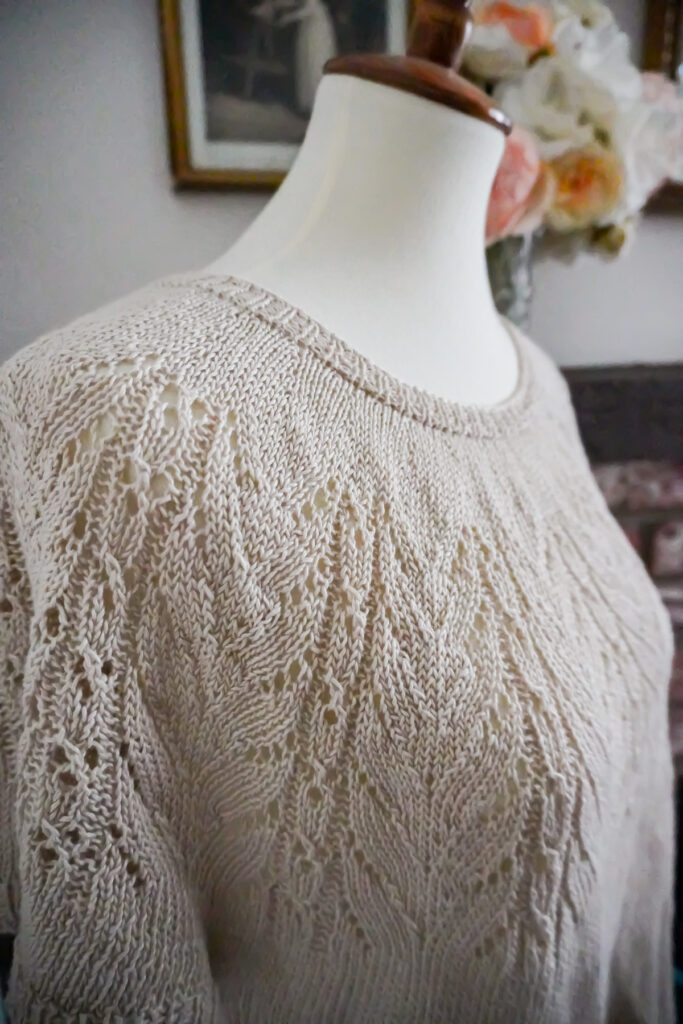
Linen has lots of drape
The flip side of linen having very little memory is that it has beautiful drape. Where wool can sometimes be stiff and unyielding, linen flows like liquid, especially after it has been worn and washed repeatedly.
A linen top will therefore flow gently over the shape of the body, rather than bulging or jutting out. If you are less comfortable having the general contours of your body visible to others, this may be something to consider.
This drape factor, though, makes it great for showing off a lace pattern in your warm weather projects. Warm-weather garments knit in linen featuring a lacy stitch are a great way to stay cool in the summer heat. For best results, I recommend pairing with a sassy hat (sun protection is serious business, friends).
5 Top Tips for Knitting with Linen Yarn
Now that we’ve explored some of the benefits and drawbacks of using linen yarn for your knitting projects, let’s talk about some helpful tips and tricks that will make it easier for you to knit with linen.
1. Try a linen blend yarn.
If you find that a pure linen yarn is just too rough for your hands, try a yarn that is a blend of linen fiber with another fiber. Purl Soho has a lovely yarn called Linen Quill (which I used in my Overbrimming Wrap) that is a linen and wool yarn. If you want to use all plant fiber for your summer knitting, you might like Juniper Moon Farms’s Zoey, which is a linen-cotton yarn.
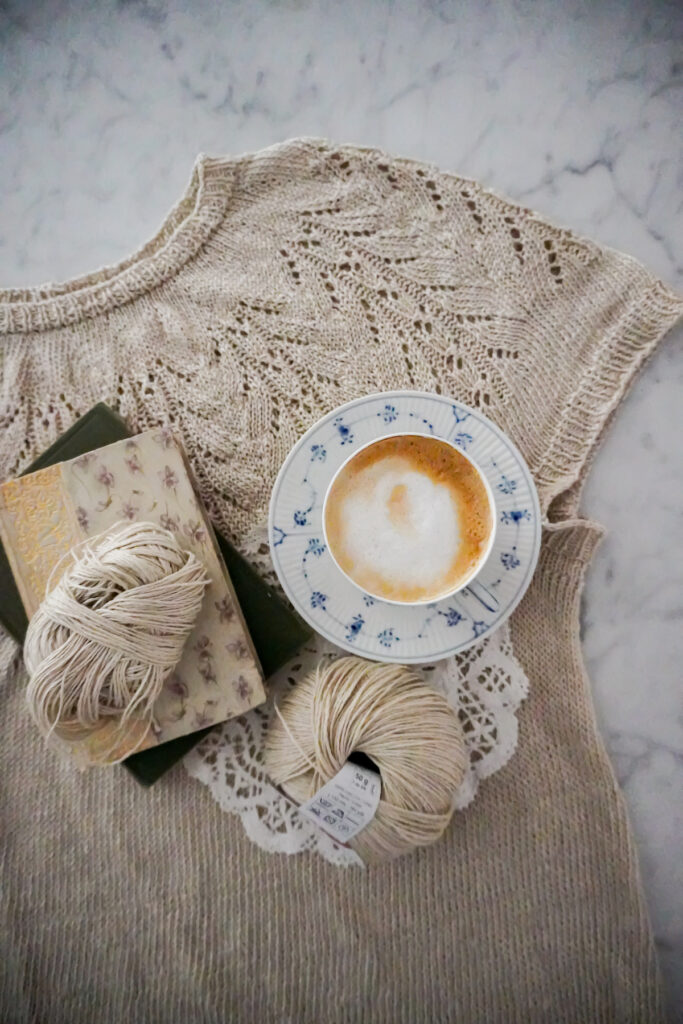
2. Harness the power of wet blocking.
Linen, more than nearly any other fiber, softens up significantly when exposed to water. Wet blocking, the practice of soaking your knits in cool water and then shaping it to dry, will help soften up the fibers and make your stitches relax into place. You can also send your linen knit projects through the washing machine, because unlike animal fibers, it won’t felt. This will further soften the yarn, but be sure to follow the machine washing instructions on your yarn label. Hot water can still shrink linen, so just as with washing any of your other hand knits, use lukewarm water at most.
3. Consider your knitting needle material.
Bamboo needles and wooden needles are popular choices for knitters who have loose gauge and whose stitches often slide off the needles. Linen tends to be more slippery than wool, so if you find your stitches are slipping and sliding everywhere, you could be well served by switching to a grippier needle material.
4. Be prepared to go down a needle size.
Because linen yarn can be fairly stiff, you might find your stitch gauge is a little looser when knitting with linen than it is when knitting with wool. If that’s the case, going down a needle size might help. Sorry, folks, but it’s true: a gauge swatch can save you a lot of grief here.
5. Be cautious if you decide to substitute yarn.
There’s a lot of information above about how wool and linen behave differently from each other. Because of that, substituting yarn between these two fibers can be tricky. If a pattern was originally written for a wool yarn, be very cautious when knitting it in a linen yarn, and be prepared for it to look different on your body even if the finished dimensions are exactly the same.
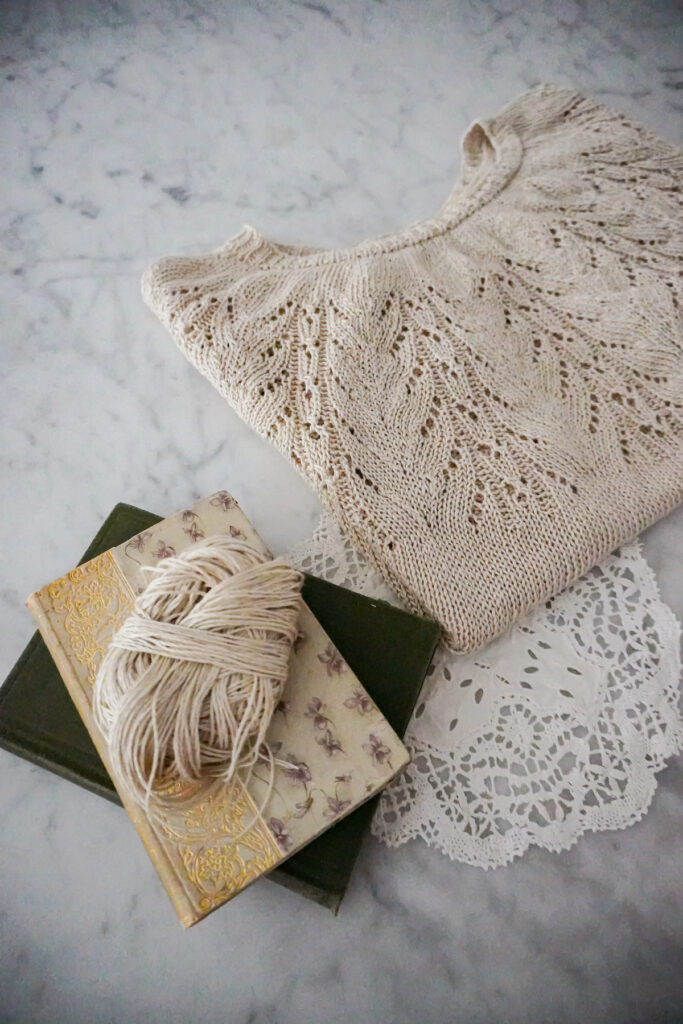
Many of us dedicated knitters know that, with a little creativity, we don’t have to stop stitching during the summer months. Linen yarn and other plant fibers are a key tool for warm-weather knitting. Here’s hoping this blog post helps you craft a wardrobe full of summer garments and linen tops that are just right for your needs. Happy stitching.
Let’s stay connected!
Join my newsletter for 30% off all new releases, regular updates with helpful tips and tricks, first crack at registration for upcoming workshops, exclusive discounts, and more.
Join the A Bee In The Bonnet Facebook Group to participate in knitalongs and other fun community events
Come hang out with me on the A Bee In The Bonnet TikTok
Follow along on the A Bee In The Bonnet Instagram
Get inspired via the A Bee In The Bonnet Pinterest

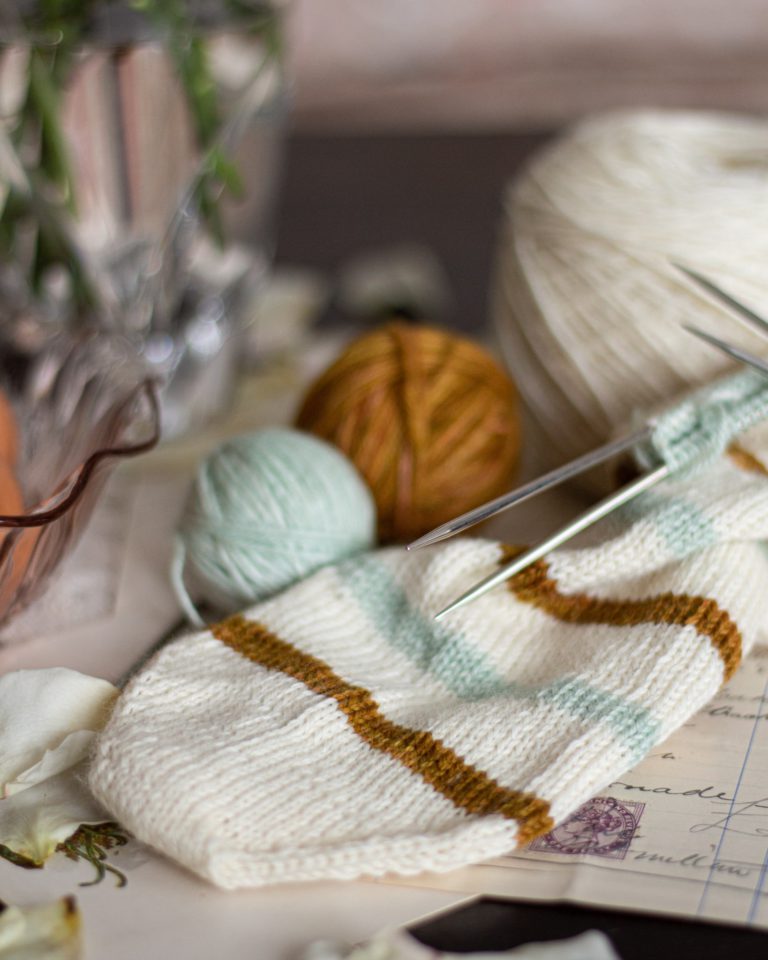
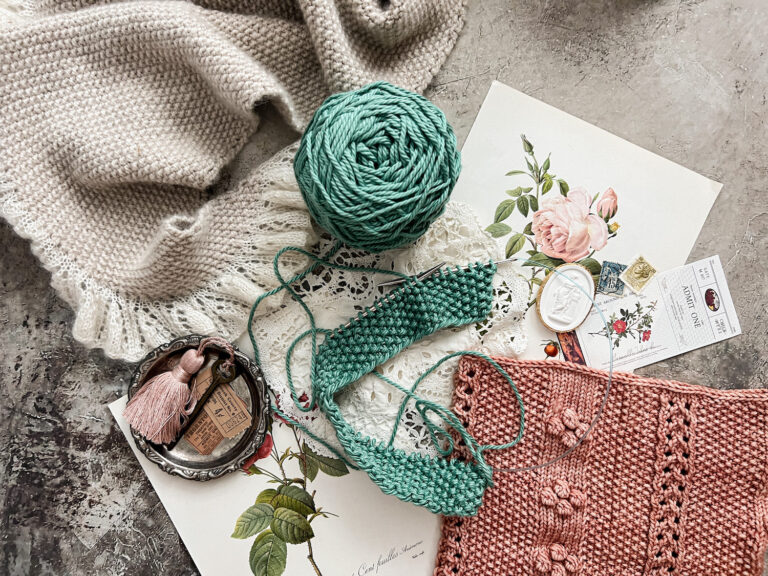
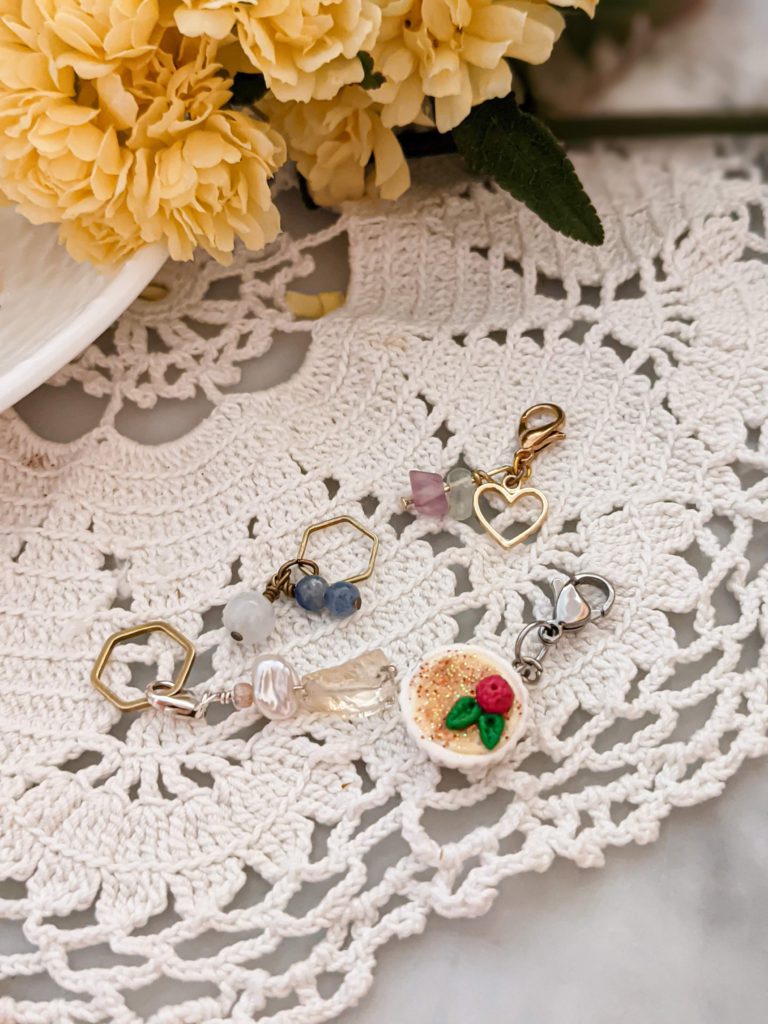
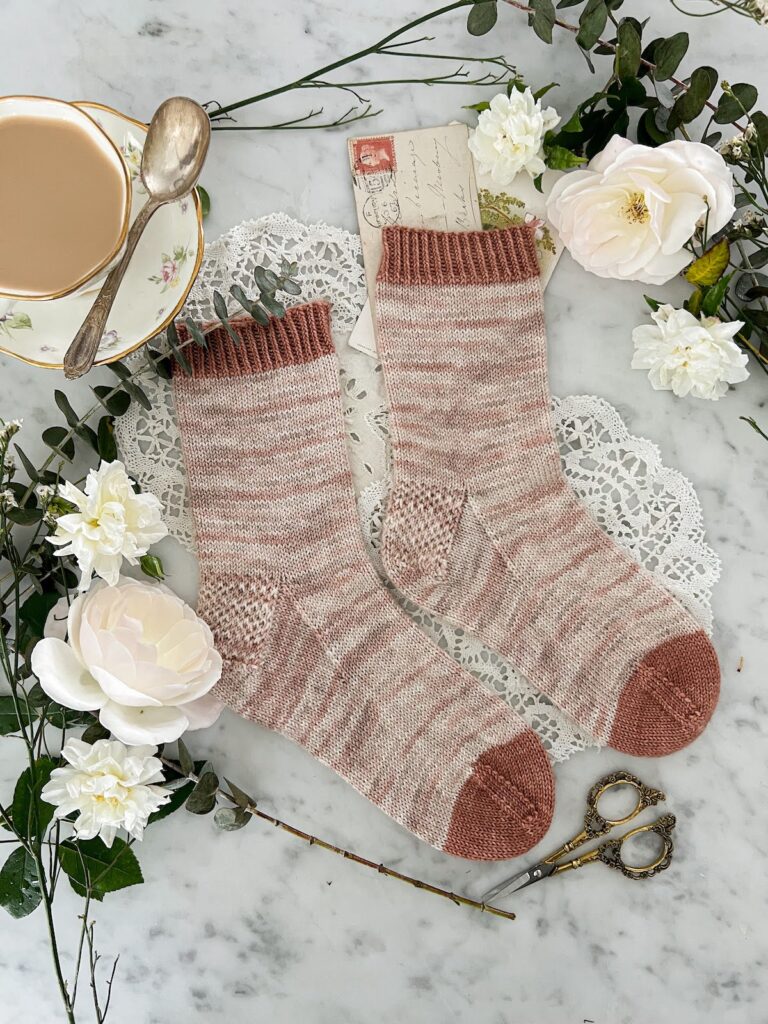
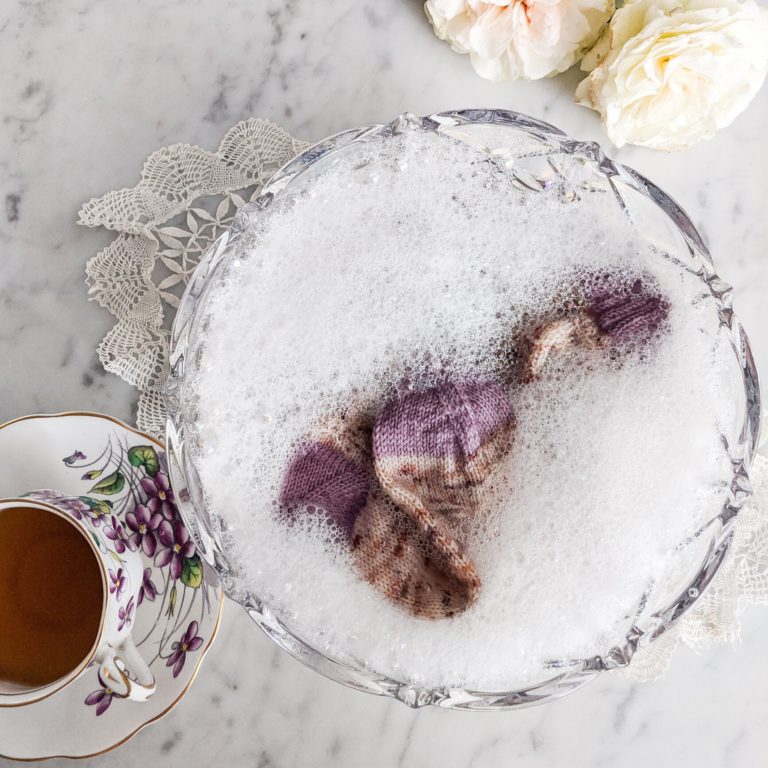
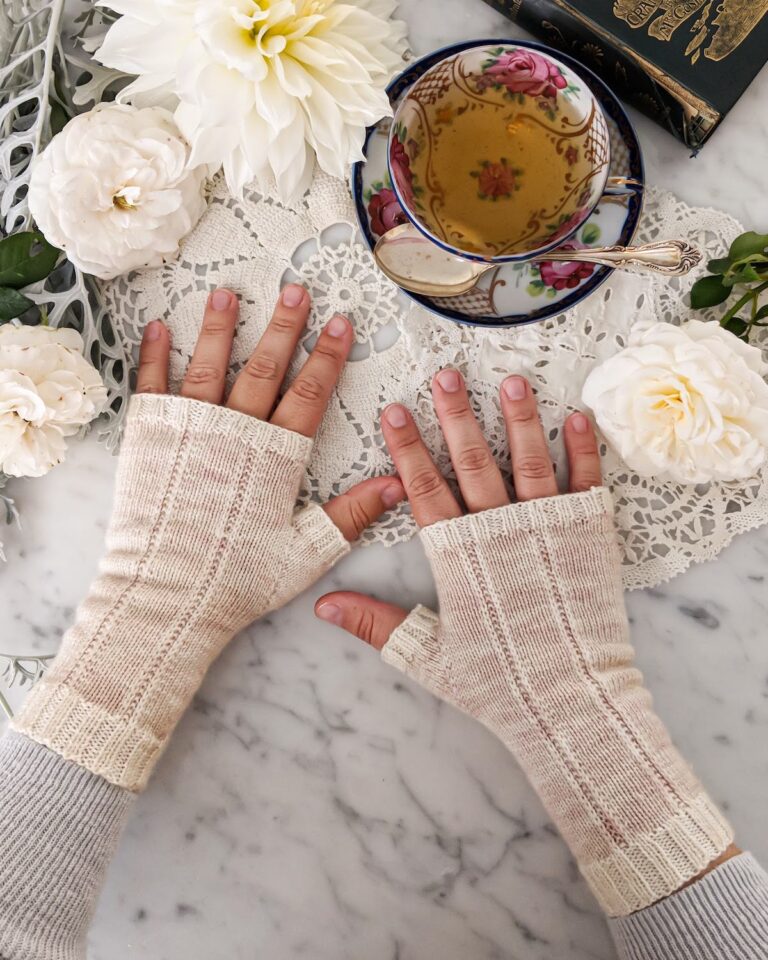
Gorgeous!! Dallas is hot but the air conditioning is frigid! I need fiber all year long. What a beautiful sweater!!
Thank you! Yes, air conditioning really changes our summertime wardrobe needs. Layers are my best friend in those situations.